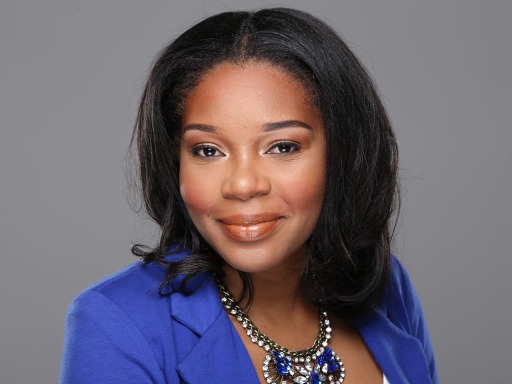As autism has become more visible, individuals and characters with autism have become more popular on television, the big screen, and in the media. As an autism mom, I’m super happy to see that.
We’ve seen an increase in dramas, documentaries, comedies, and even an autistic children’s character on Sesame Street. Hello Julia, welcome to the neighborhood!
While this is great, one essential question remains. Where is the representation of people of color in all of this? I’m concerned because I’m raising one of those individuals of color who is also on the spectrum.
We have many conversations—sometimes controversial ones—in the autism community. High Functioning vs. Low Functioning. Atypical vs. Neurotypical. Public School vs. Private School. Vaccinations and autism. We don’t often talk about the lack of minority representation in the media. It seems to be taboo.
Currently, 1 in 59 kids are diagnosed with autism, and according to the CDC, the ethnic gap has narrowed since 2012, particularly between black and white children. This means that there is increased awareness and screening in minority communities. Despite this, people of color remain lacking in the entertainment world and the media.
Through its casting choices, media teaches the public about what autism looks like. When there are only certain portrayals of autistic individuals in the media it can become known as a “white diagnosis” and people of color are left out of the equation.
Here’s what I mean: I’m thinking of Mozart and the Whale (2005), Martian Child (2007), Adam (2009), and Rain Man (1988), all of which featured white characters on the spectrum. Today, there’s a few popular shows that come to mind.
Dr. Sheldon Cooper from The Big Bang Theory—white.
Dr. Shaun Murphy from the medical drama The Good Doctor—white.
Max Braverman on Parenthood—white.
Sam Gardner from the comedy-drama, Atypical. You guessed it—white! I can go on and on, but you get the picture.
Representation of people of color are few and far between. There’s Dr. Isidore Latham from Chicago Med, an African-American devout Orthodox Jewish surgeon, who finds out he has autism in his adult life. There’s Billy from the Power Rangers, the autistic Blue Ranger character who is basically the brains behind the operation.
Both are significant wins for the representation of minorities. However, exclusion seems to still be the norm and that’s sad because a child with a diagnosis already is being treated differently and then, there’s no inclusion in the media. Imagine the impact on a child’s self-esteem when there’s no one like them to be seen consistently?
Our children deserve to see those who look like them on the big screen and everywhere in between. We need to represent different experiences. We also need to celebrate and engage with people of various abilities, qualities, and voices.
That’s not a race issue or disability issue. It’s a human issue. On and off screen.
We need to see some change and until then, I’m going to talk about it. Share this blog to spread the word.


